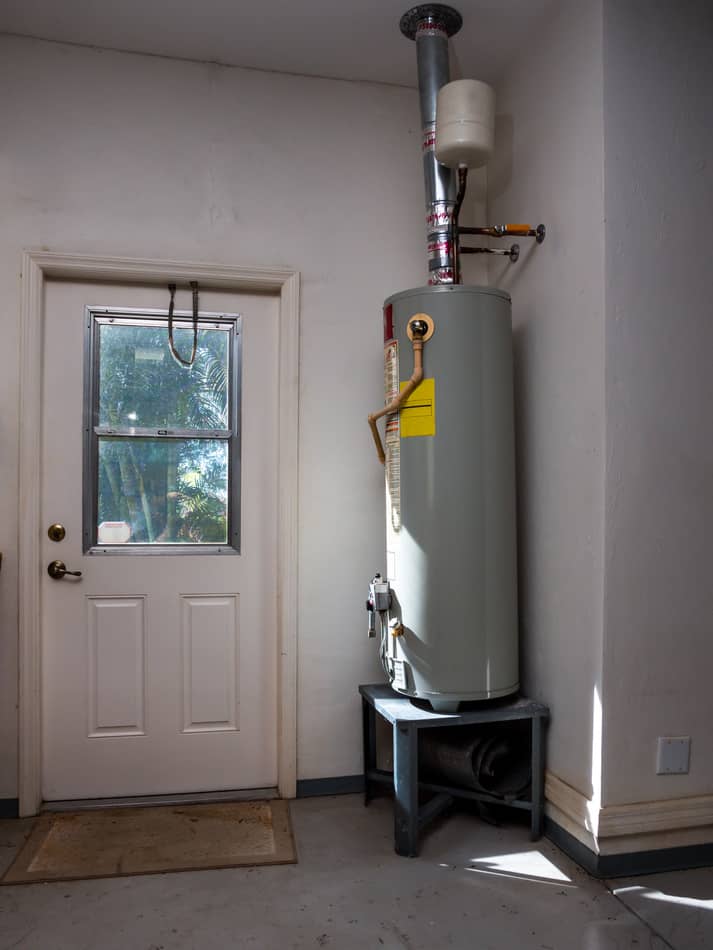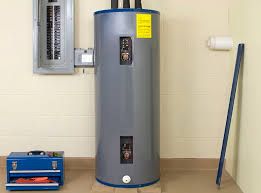We've discovered this great article about Tips For Maintaining Your Hot Water Heater listed below on the web and figured it made good sense to share it with you on this page.

Hot water is vital for daily convenience, whether it's for a rejuvenating shower or washing meals. To guarantee your warm water system runs efficiently and lasts longer, routine upkeep is key. This short article supplies sensible tips and understandings on just how to maintain your home's hot water system to prevent interruptions and pricey fixings.
Introduction
Maintaining your home's hot water system may appear difficult, however with a few simple steps, you can ensure it operates smoothly for many years ahead. This overview covers every little thing from recognizing your warm water system to do it yourself upkeep pointers and recognizing when to call in professional help.
Significance of Maintaining Your Hot Water System
Regular maintenance not only extends the lifespan of your hot water system but also guarantees it runs effectively. Ignoring upkeep can cause reduced effectiveness, higher energy bills, and even premature failure of the system.
Signs Your Warm Water System Requirements Maintenance
Knowing when your warm water system requires focus can stop major problems. Look out for signs such as inconsistent water temperature level, weird noises from the heater, or rusty water.
Flushing the Water Heater
Flushing your hot water heater gets rid of debris accumulation, improving efficiency and lengthening its life.
Monitoring and Changing Anode Rods
Anode rods prevent deterioration inside the container. Checking and replacing them when worn out is crucial.
Facility Concerns Needing Professional Aid
Instances include major leakages, electric problems, or if your hot water heater is constantly underperforming.
Routine Professional Upkeep Perks
Professional upkeep can consist of comprehensive inspections, tune-ups, and making certain compliance with safety and security requirements.
Inspecting and Readjusting Temperature Settings
Changing the temperature setups makes sure optimal efficiency and security.
DIY Tips for Upkeep
You can perform numerous maintenance jobs yourself to keep your warm water system in top condition.
Checking for Leakages
Frequently inspect pipelines and connections for leakages, as these can lead to water damages and higher costs.
Understanding Your Warm Water System
Before diving right into maintenance jobs, it's useful to recognize the basic parts of your hot water system. Normally, this includes the hot water heater itself, pipes, anode poles, and temperature level controls.
Month-to-month Maintenance Tasks
Routine month-to-month checks can help capture minor problems prior to they escalate.
Examining Pressure Alleviation Valves
Evaluating the pressure safety valve ensures it operates correctly and protects against extreme pressure accumulation.
Insulating Pipes
Shielding hot water pipes lowers heat loss and can save power.
When to Call a Professional
While DIY upkeep is beneficial, some problems need expert expertise.
Final thought
Normal upkeep of your home's hot water system is vital for performance, durability, and cost savings. By adhering to these suggestions and recognizing when to seek expert aid, you can guarantee a trusted supply of hot water without unanticipated disruptions.
How to Maintain an Instant Hot Water Heater
Before tinkering with your hot water heater, make sure that it’s not powered on. You also have to turn off the main circuit breaker and shut off the main gas line to prevent accidents. Also turn off the water valves connected to your unit to prevent water from flowing into and out of the appliance. 2. When you’re done, you have to detach the purge valves’ caps. These look like the letter “T†and are situated on either side of the water valves. Doing so will release any pressure that has accumulated inside the valves while at the same time avoid hot water from shooting out and burning your skin. 3. When the purge valves’ caps are removed, you have to connect your hosing lines to the valves. Your unit should have come with three hoses but if it didn’t, you can purchase these things from any hardware or home repair shops. You can also get them from retail stores that sell water heating systems. Read the user’s manual and follow it to complete this task properly. When the hosing lines are connected, open the purge port’s valves. 4. You should never use harsh chemical cleaners or solutions when cleaning your unit. Make use of white vinegar instead. It should be undiluted and you’ll probably use about 2 gallons. 5. Now flush your water heater. This task should probably take about 40 minutes. We can’t give you specific directions for this because the procedure is carried out depending on the type, model and brand of your heater. With that being said, refer to the user’s manual. 6. When you’re done draining the unit, you have to turn off the purge port valves again. Remove the hosing lines that you earlier installed on each of the water valves. Put the valve caps (purge port) back in their respective places and be very careful so as not to damage the rubber discs that are found inside these caps. 7. Now that everything’s back in place, check your user’s manual again to find out how to reactivate your water heating system. 8. Once it is working, turn one of your hot water faucets on just to let air pass through the heater’s water supply pipes. Leave the tap on until water flows smoothly out of it. https://www.orrplumbing.com/blog/2014/september/how-to-maintain-an-instant-hot-water-heater/

I'm certainly very excited about What Kind of Maintenance Do Water Heaters Need? and I really hope you liked the entire entry. Are you aware of somebody who is interested by the subject? Why not share it. Thank you so much for your time invested reading it.
Make An Appointment